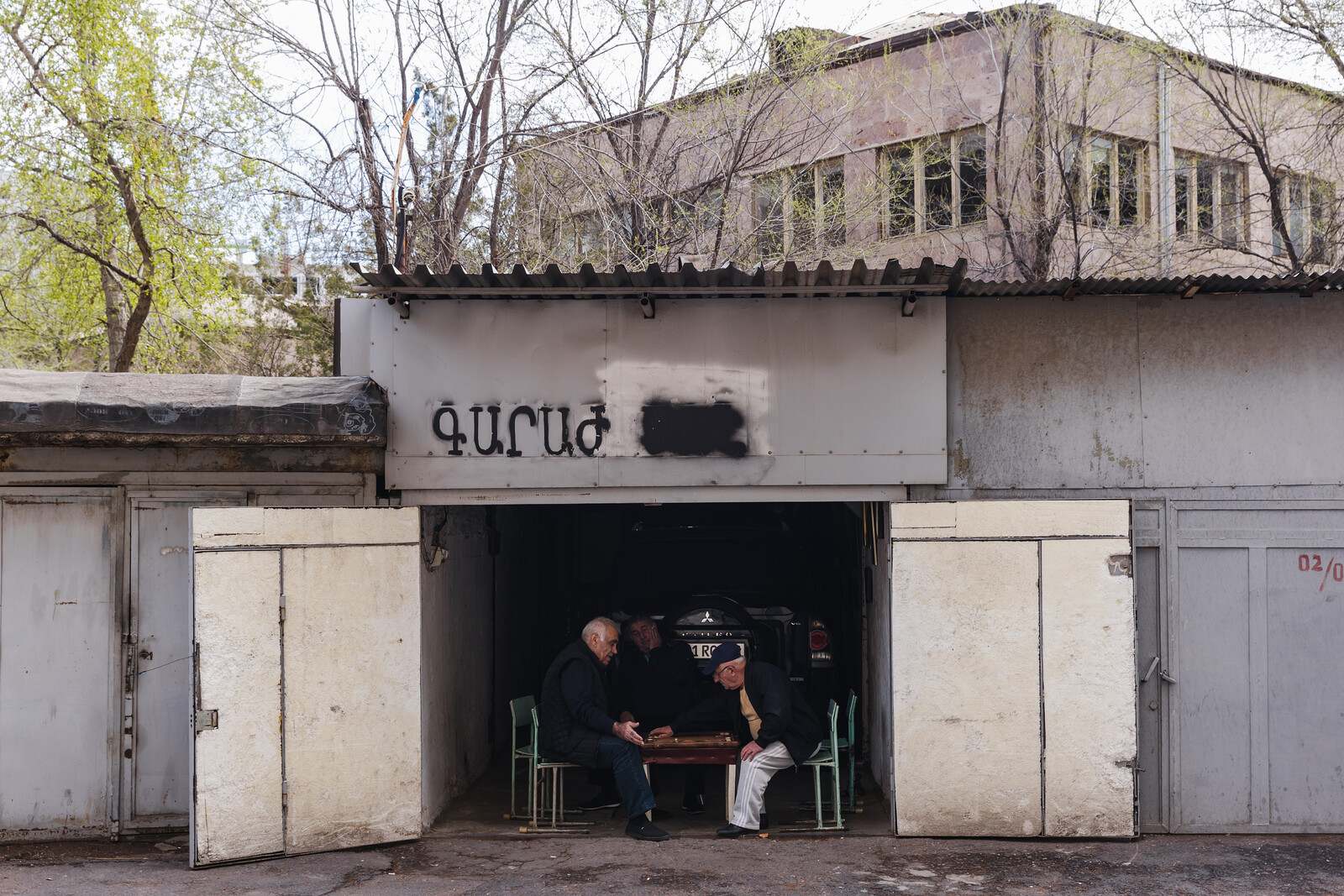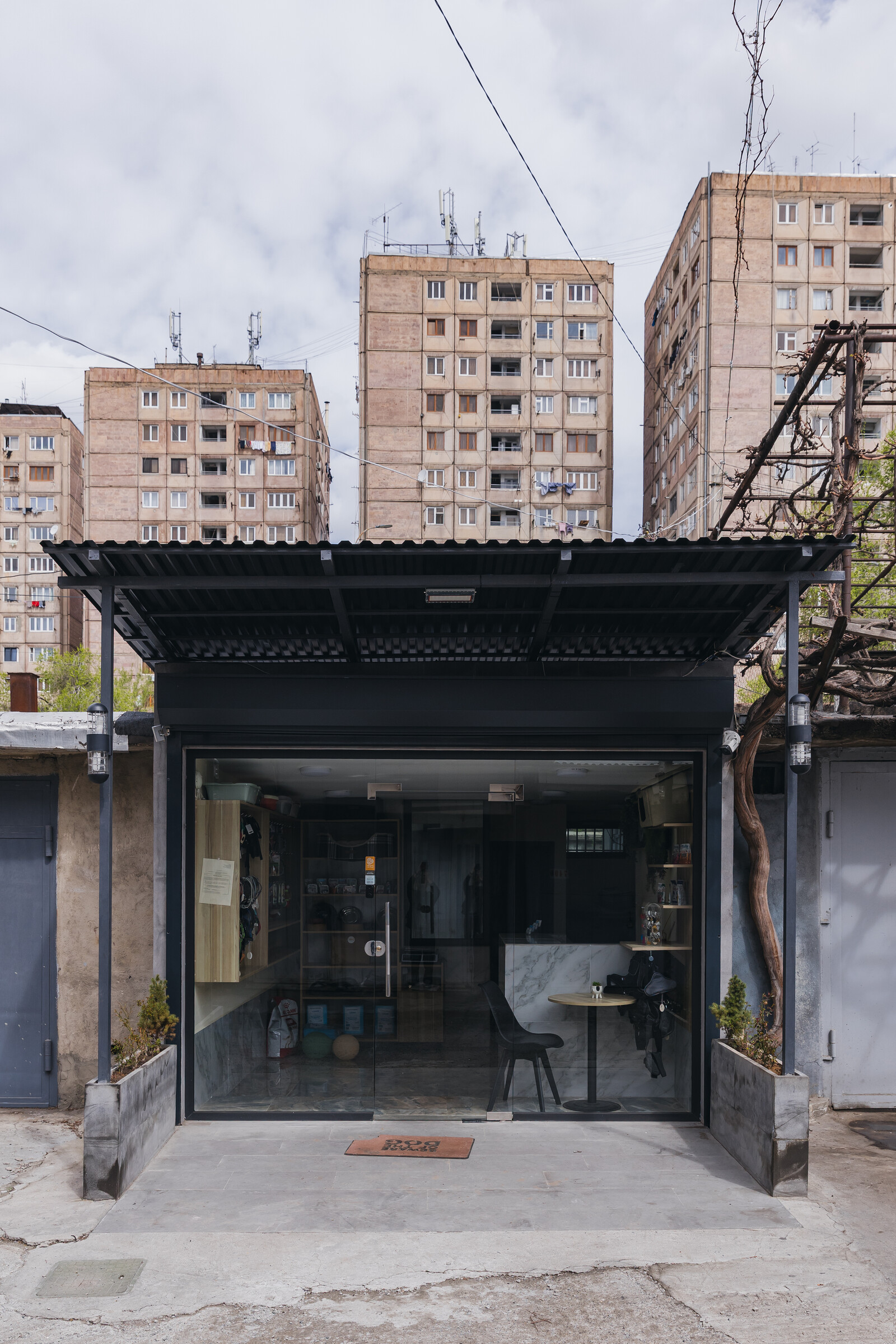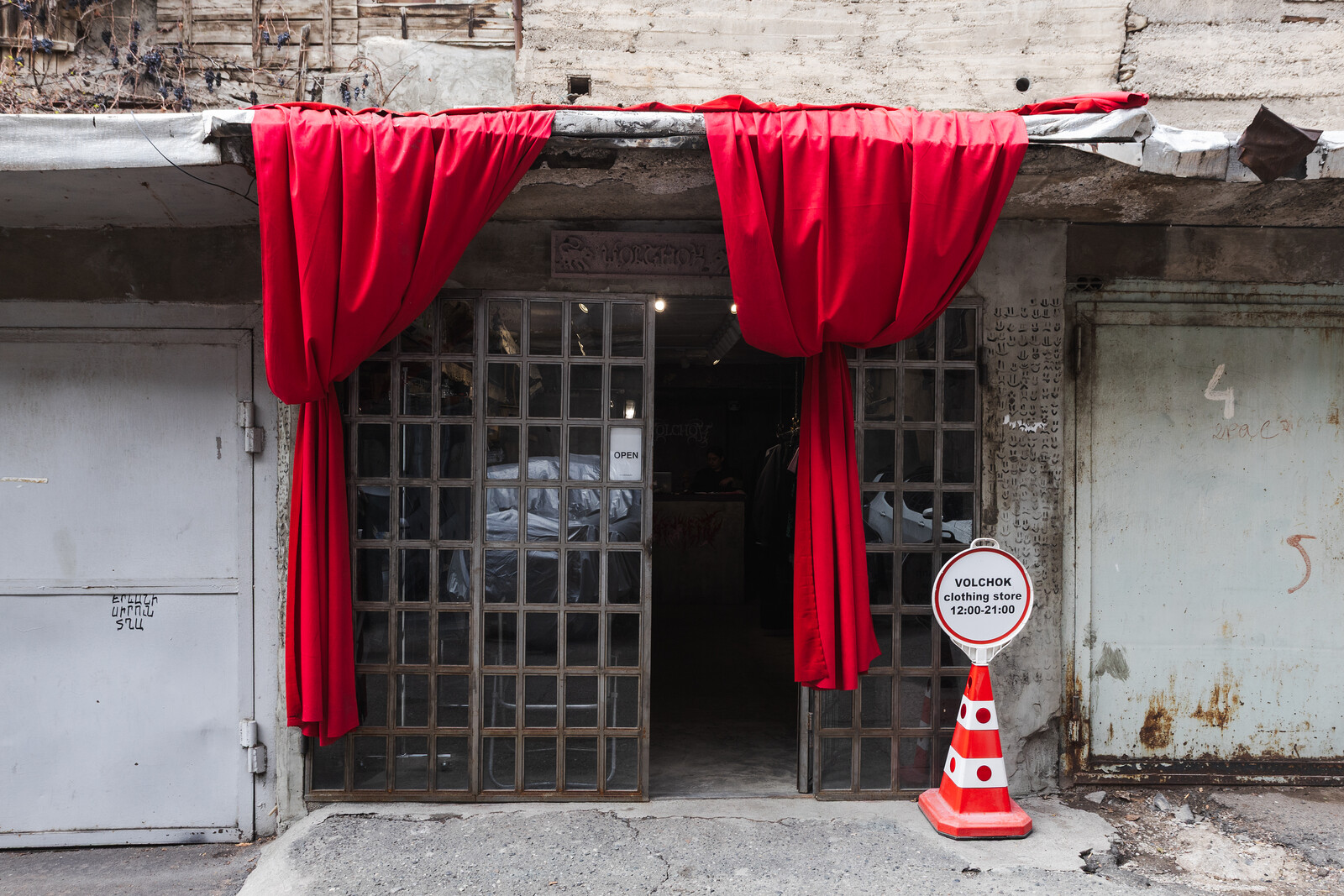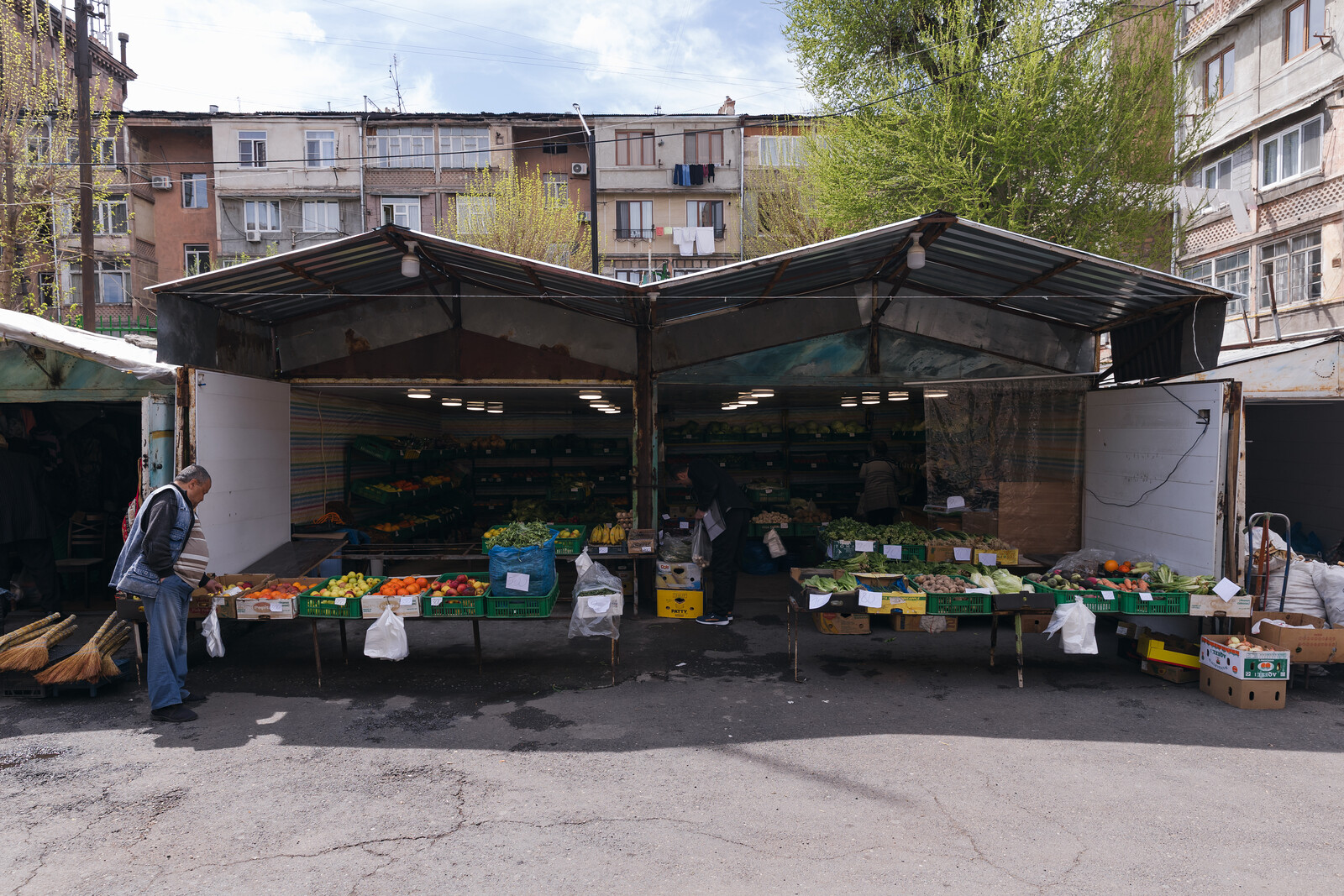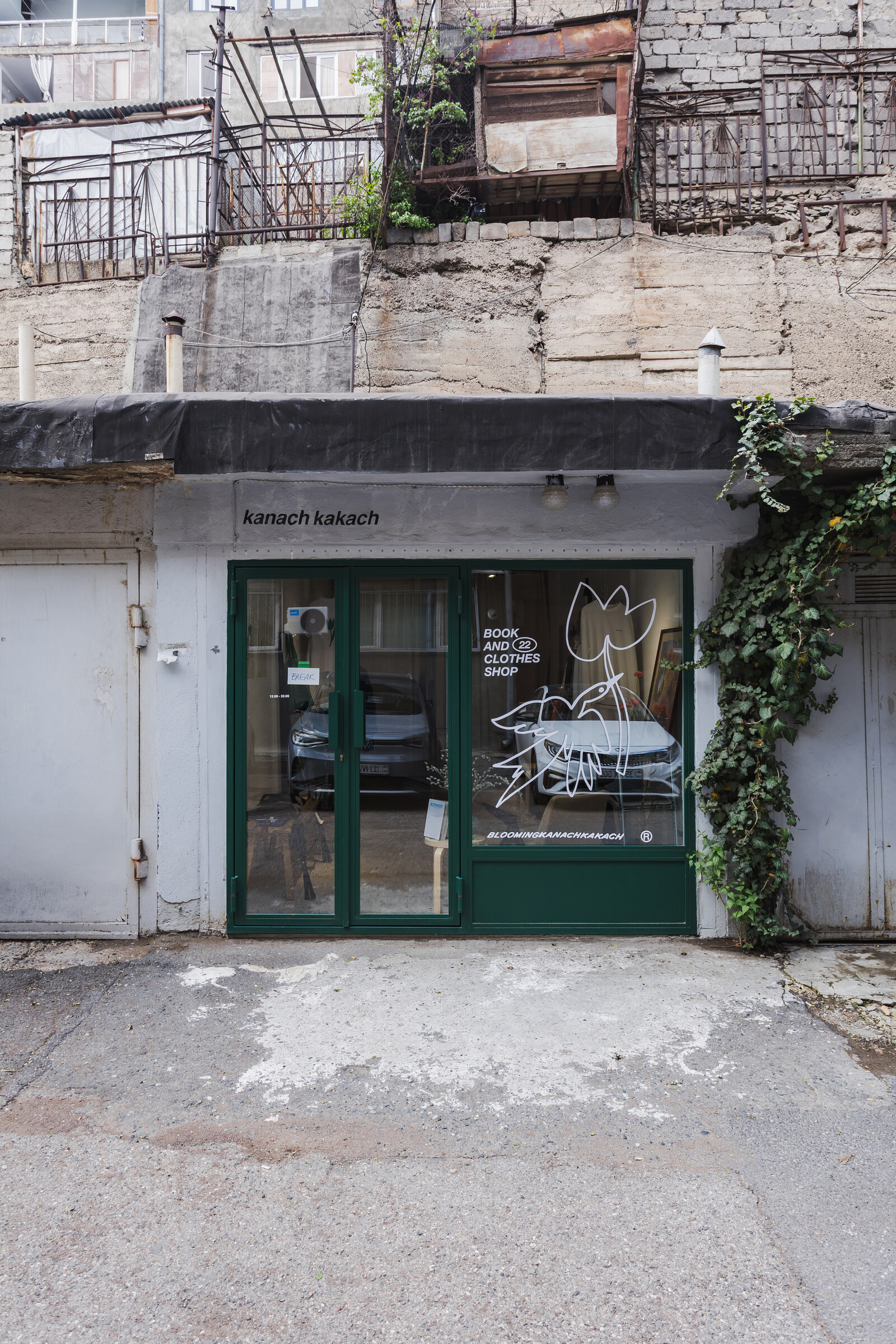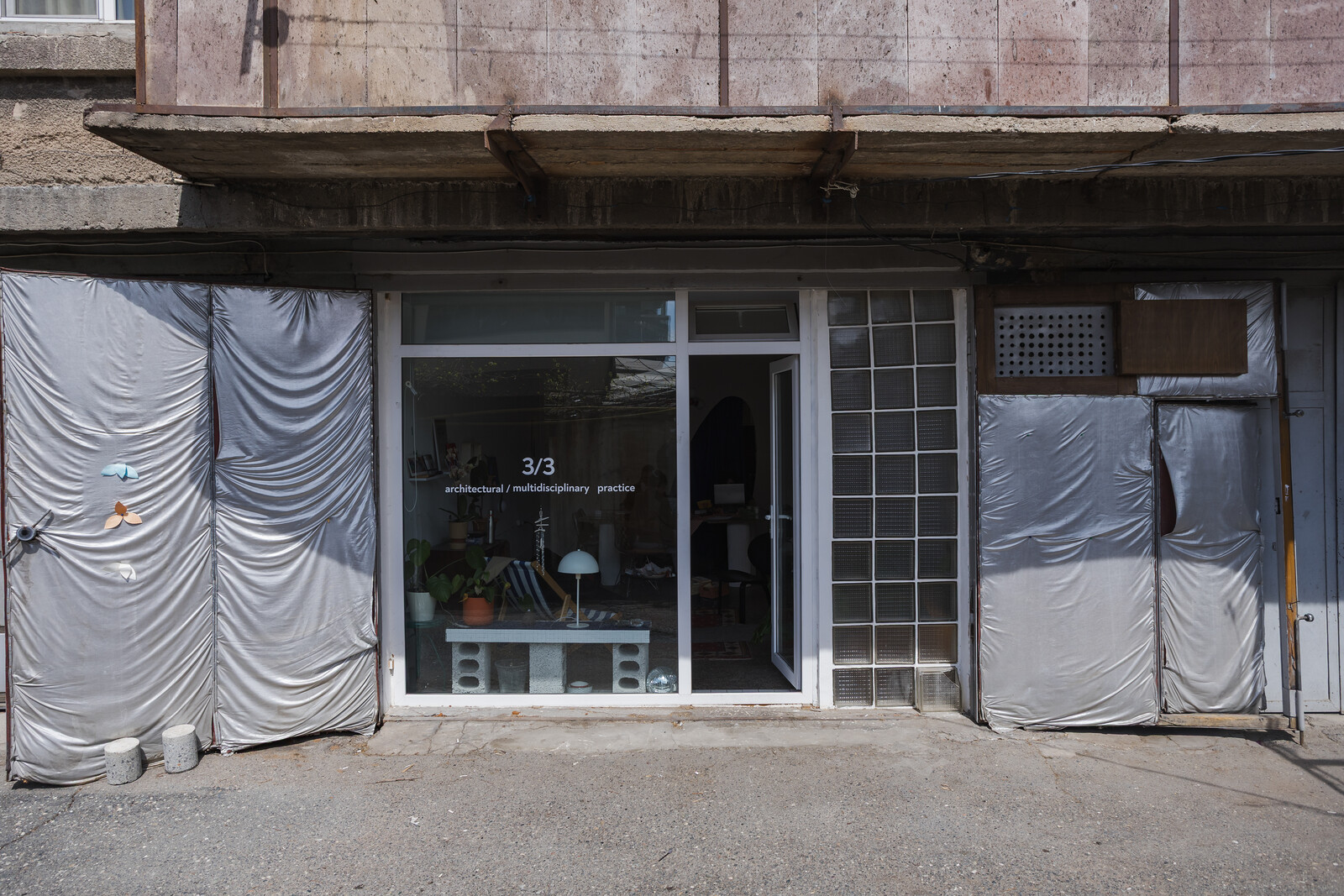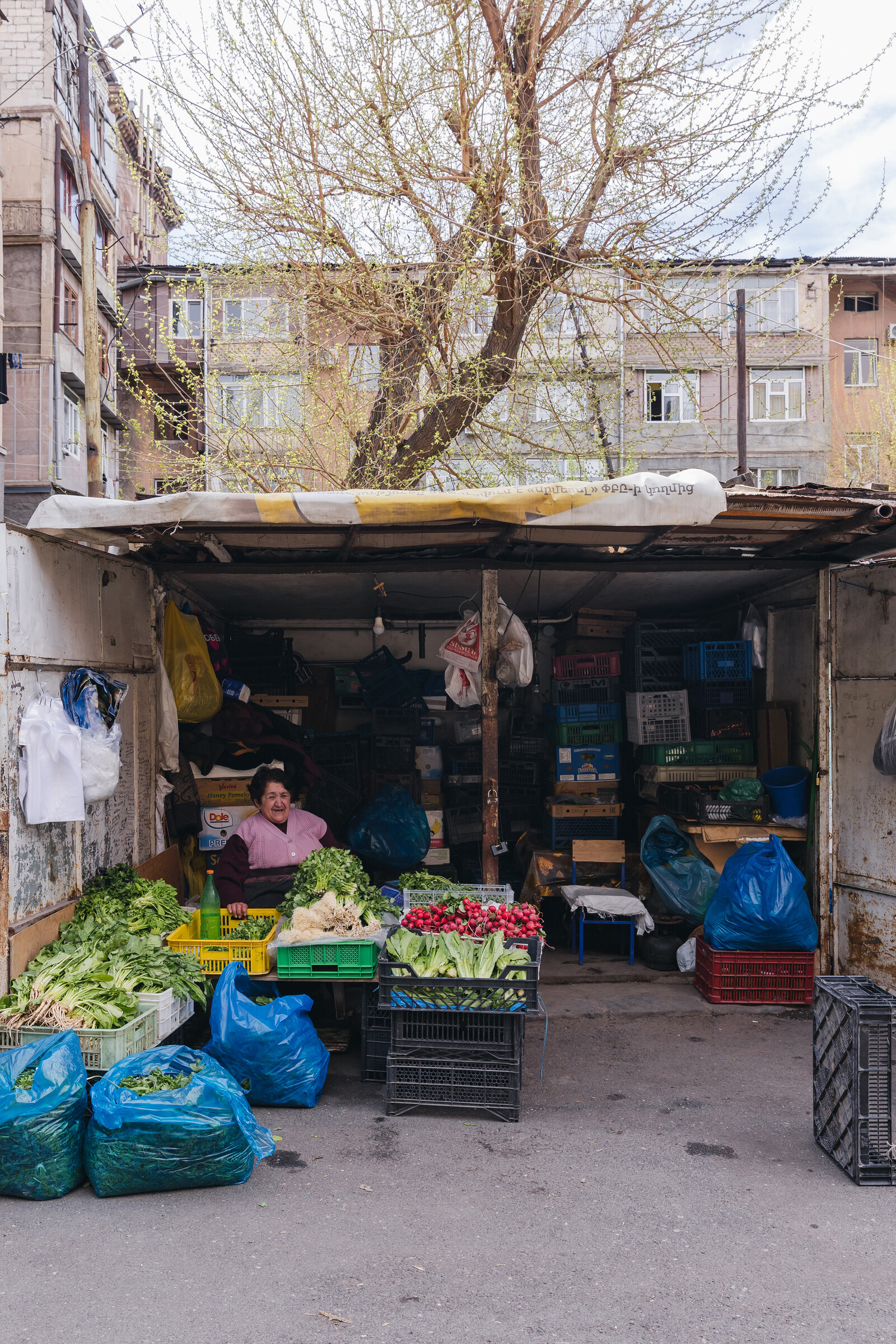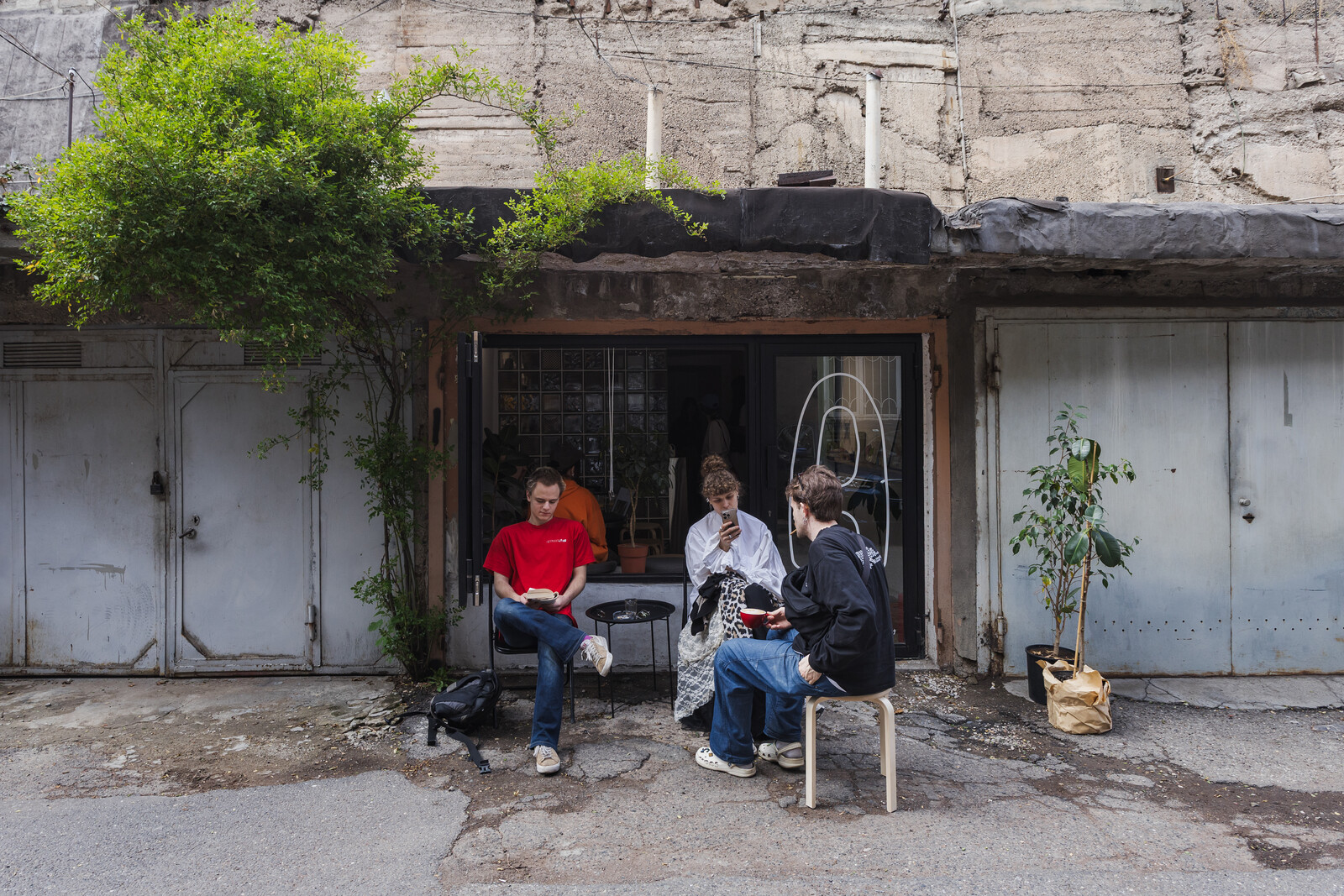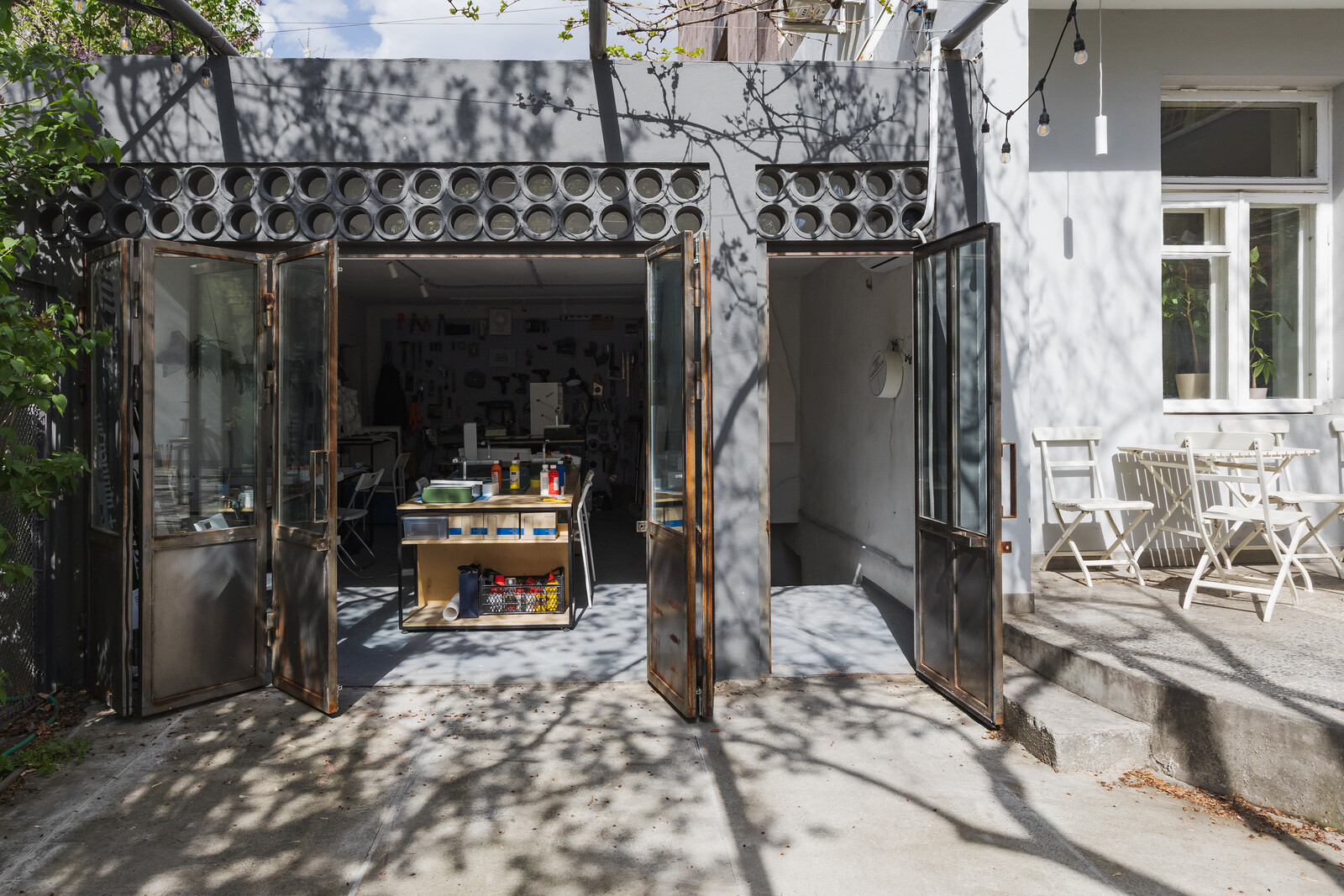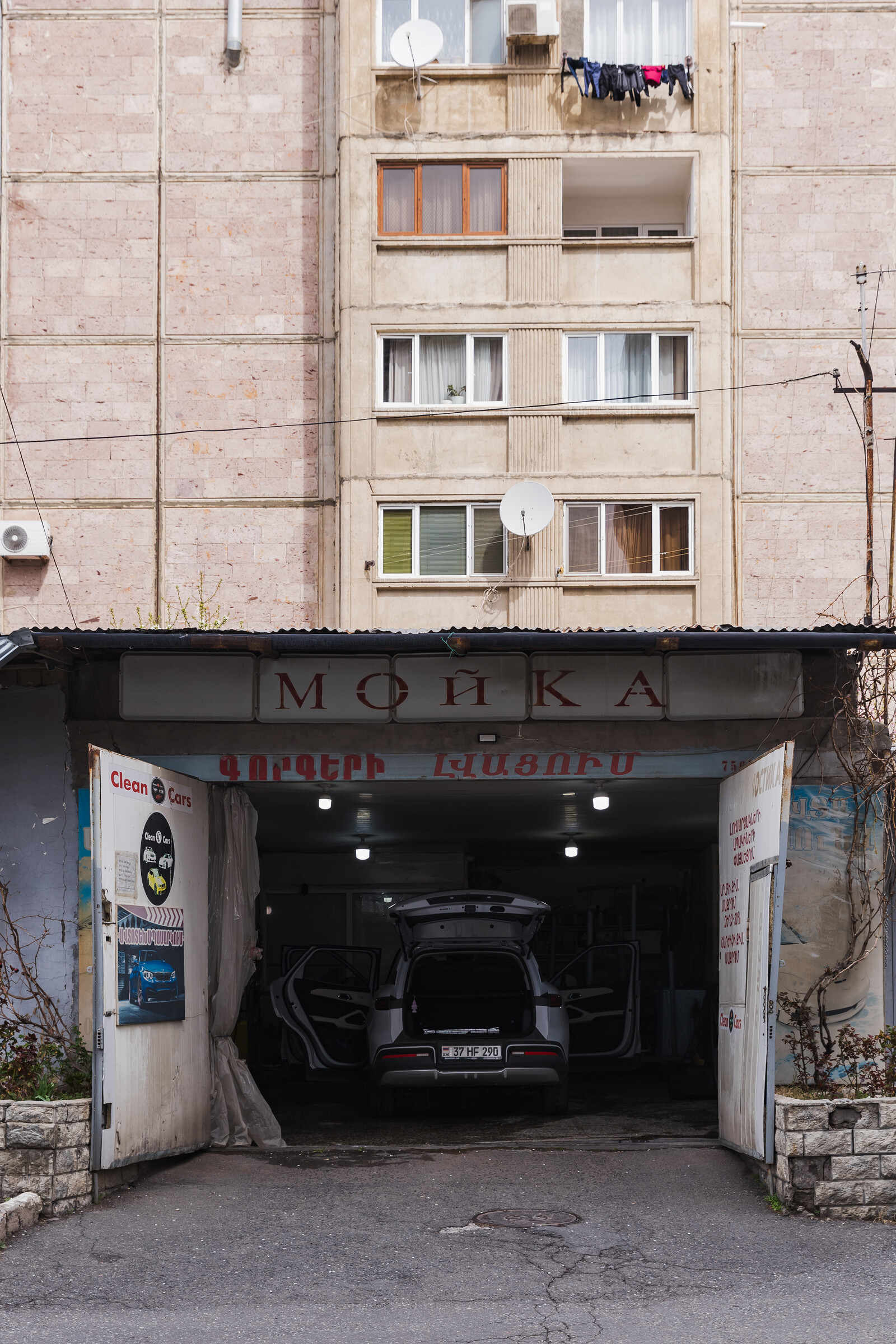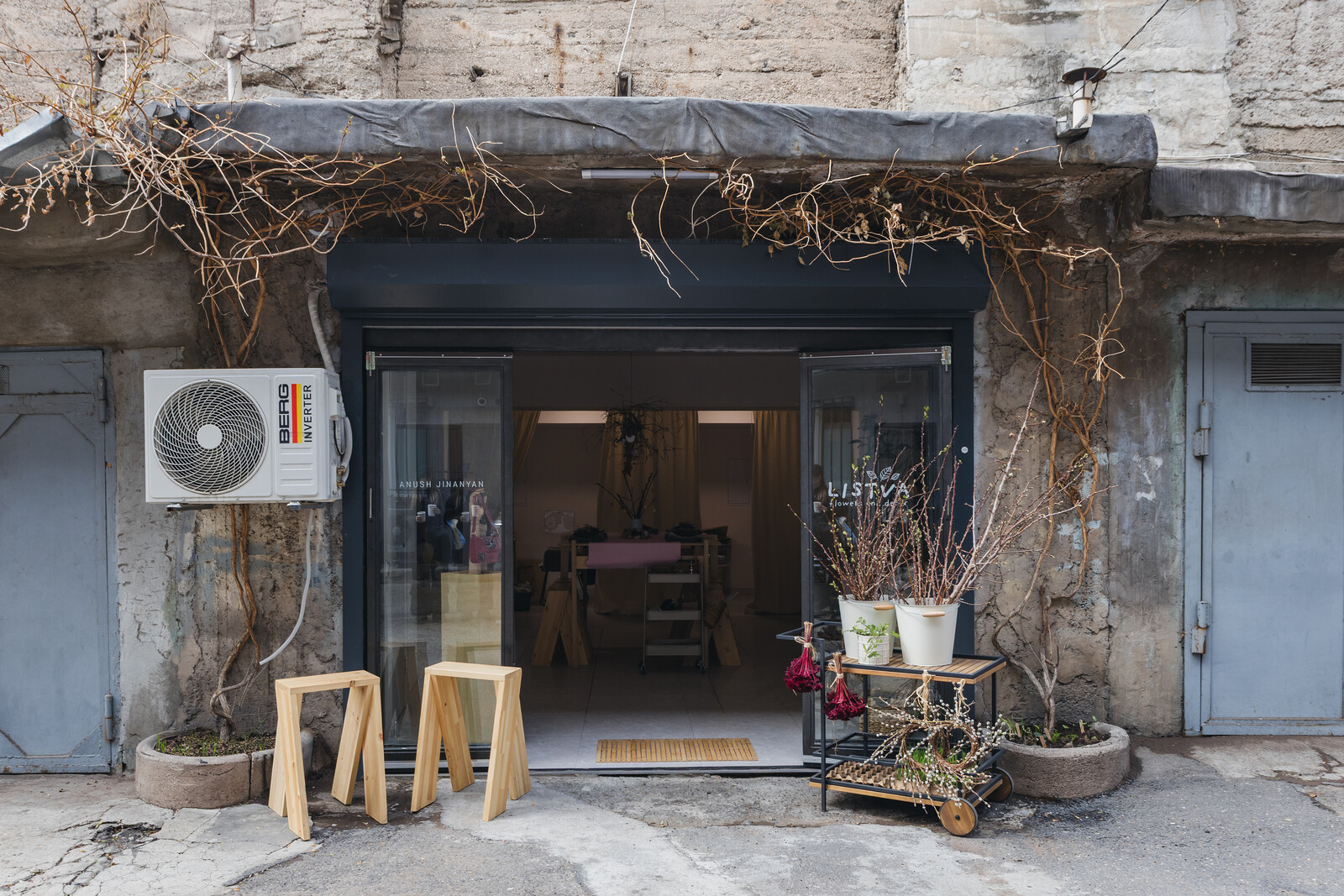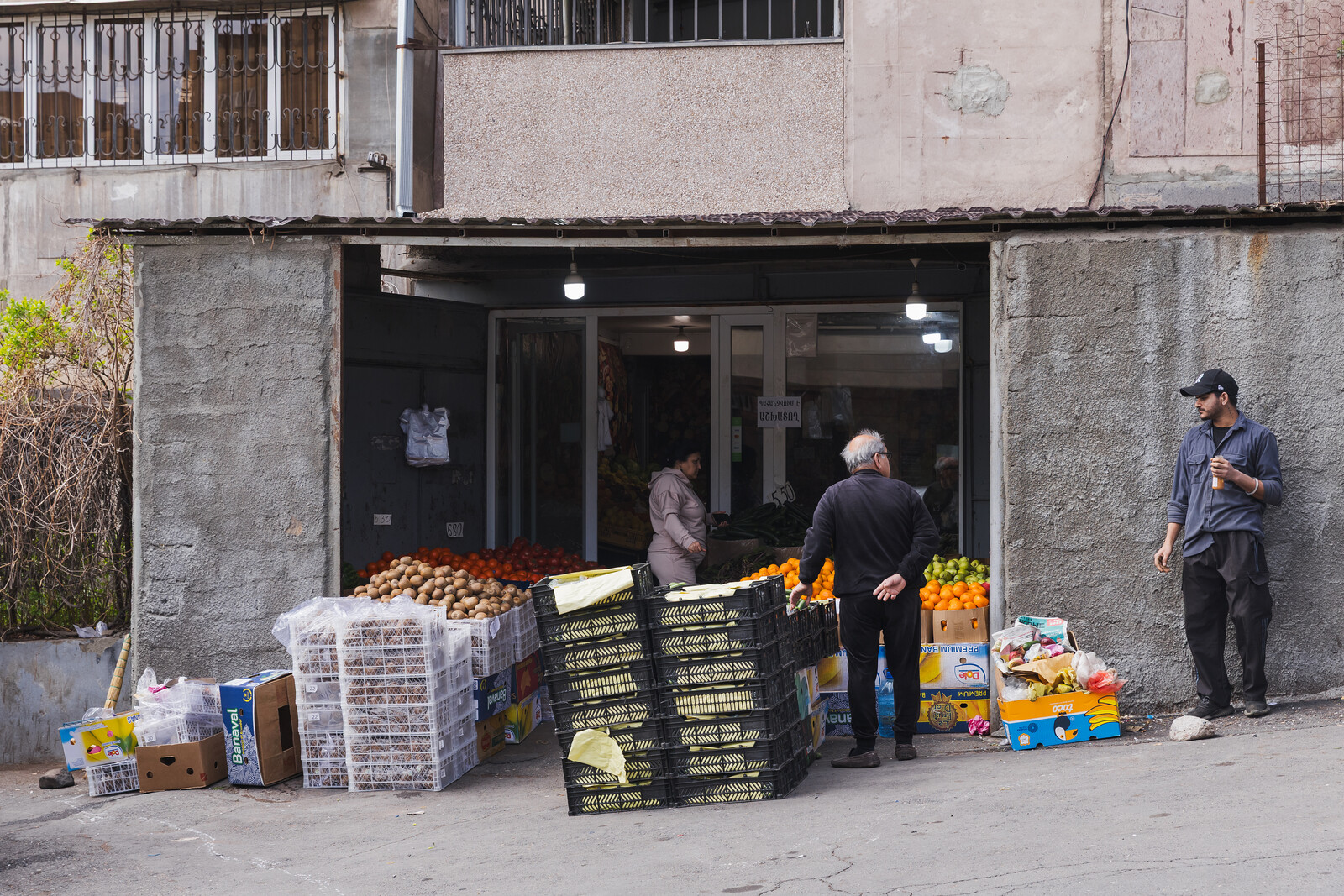(ordinary) architecture Yerevan
May 13–November 9, 2025
Viale Alemagna, 6
20121 Milan
Italy
Armenia at the 24th Triennale Milano: (ordinary) architecture and Inequalities
On May 13, 2025, the Library for Architecture (LFA), in collaboration with the National Library of Armenia, will inaugurate the Armenian Pavilion at the 24th Triennale Milano International Exhibition. Centered on the theme of Inequalities, the pavilion explores the concept of (ordinary) architecture in Yerevan—everyday spaces where people live and interact, revealing the charm of common objects through a subjective lens. The “ordinary” isn’t inherent in objects but arises from focused attention, highlighting overlooked elements and their untapped potential.
Curated by LFA, Meganom, untitled architecture, Yury Grigoryan, Arsen Karapetyan, Bogdan Peric, Andrey Mikhalev, Aleksei Lashkov, and Dana Smagina, the pavilion examines how simple forms reflect social dynamics. One key example is the garage in Yerevan—once a functional necessity, now repurposed as an “urban room,” revealing evolving social realities and the potential of informal spaces.
Originally introduced during LFA’s “12 Months” program in Yerevan in October 2024, (ordinary) architecture reframes the everyday as a lens for understanding inequality, inspiring architects to reimagine familiar urban elements. The pavilion will serve as a platform for Armenian architects and artists to present this ongoing research and engage in a broader dialogue on Yerevan’s future through the lens of the everyday.
Fosbury Architecture and untitled architecture on (o)a
The first event, Garage Stories, was a workshop-research initiative led by Fosbury Architecture (Claudia Mainardi) and untitled architecture (Bogdan Peric), exploring Yerevan’s garages as urban modules. These compact yet potent spaces were reimagined as urban rooms, revealing their potential. The workshop raised awareness of the garage’s transformative possibilities in Yerevan’s unique urban context. The research was divided into two chapters: (1) Intimate Scale: Exploring garages as adaptable spaces. (2) Public Scale: Mapping garage typologies within the city, positioning them as vital micro-modules.
Cino Zucchi on (o)a
“Architecture has always formed the prototype of a work of art whose reception happens in a state of distraction and by a community. Its fruition happens not so much on the level of attention as that of habit.” —Walter Benjamin, Das Kunstwerk im Zeitalter seiner technischen Reproduzierbarkeit
Here, the term “ordinary” sheds its contrast with “original” to take on a more affirmative meaning. As Kings of Convenience put it, “Quiet is the New Loud.” In a world of sensory overload, silence—visual or aural—is necessary for deeper perception, allowing us to notice subtle and overlooked details. Ordinariness becomes a virtue not by following rules, but through conscious habit, gaining strength from its quietness. It lets even small deviations resonate deeply—like a shepherd noticing subtle differences in a flock of all-white sheep.
Jacopo Leveratto on (o)a
“When speaking, in fact, we are used to indifferently replacing it with others like common, normal, everyday, or unexceptional. But when it’s written its etymology changes everything, or at least for me…
…Just to say that when I think of ordinary architecture, I don’t think of a vernacular or anonymous one. I only think of precision and simplicity with reference to its order, and of the atmospheric tonality that this combination produces…
…The point, in any case, is that for me what is ordinary can be considered normal not because it responds to a social custom. But because it doesn’t have anything more or less than needed, even in expressive terms.”
FormaFantasma (Simone Farresin) on (o)a
“I really love the word ordinary—but I also love the extraordinary. Everything can carry meaning if it makes sense in its context. The ordinary quietly accompanies you in everyday life, almost unnoticed. But sometimes, we need the extraordinary.
One of the biggest problems in contemporary culture is the modernist idea of a single solution for everything—like asking, ‘Is wood sustainable? Should we build everything in wood?’ That misses the point, similar to the International Style’s idea that everything should look the same.
The meaningful solution is regional, not narrowly local—it’s about responding to context.”
Meganom (Yury Grigoryan) on (o)a
“There is an ongoing discussion in architecture, often split into two schools of thought. One, rooted in fine arts, views the architect as an artist with significant resources. This architecture becomes marketable, focusing on appearance and creating a ‘dictatorship of appearance,’ revealing the power of capital. When architects, like citizens, become hostages to this, authority takes advantage.
In contrast, the ordinary refers to simpler, smaller-scale architecture, requiring fewer resources and not driven by capital. It’s not yet vernacular, which assumes a broader cultural context. Ordinary buildings don’t seek to please; they simply exist.”
untitled architecture (Bogdan Peric) on (o)a
“Yerevan becomes a massive ‘pattern’ from which countless decorative motifs can be extracted. And moreover, it is the people who create this, not the architects. In this sense, Yerevan is a manifesto of the ordinary.”

